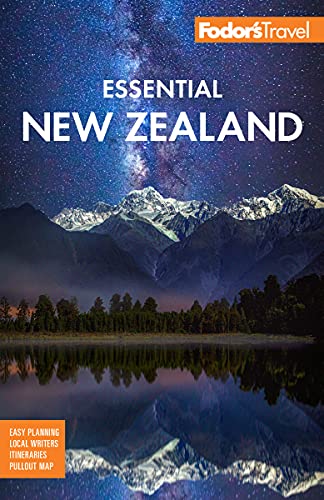Te Urewera National Park
Remote Te Urewera National Park is rugged and mountainous. Lake Waikaremoana formed more than 2,000 years ago when a massive landslide blocked the Waikaretaheke River. It's not easily accessible—the road from the north is narrow, winding, and mostly unpaved, and the road from Wairoa is still gravel in parts. However, both pass through spectacular countryside of high, misty ridges covered with silver and mountain beech. Waterfalls and streams abound, and on the lower levels the forest giants, rimu, rata, kamahi, totara, and tawa attract native birds like the New Zealand falcon, North Island brown kiwi, kaka, and kokako. The Lake Waikaremoana Track, one of New Zealand's great walks, is here.
The Best Time to Go. The summer months (October to March) are prime time, but even then there are many misty, rainy days. Summer is also when local tourists flock to the park, so accommodations may be limited.
Hiking and Walking. For the nature lover who likes solitude, Te Urewera is paradise. Trails by the lake reveal great fishing and swimming spots, and many follow old Māori tracks. Bird-watchers can catch glimpses of native species that are rare in other parts of the country, including the largest surviving population of kokako. You might even spot native bats, green gecko, and skinks. The most popular walk is the Lake Waikaremoana Track, or Great Lake Walk, a three- to four-day tramp that mostly follows the Western Lake shore. The three- to four-day Manuoha–Sandy Track takes you to the highest part of the park, where on a clear day you can see the volcanoes of Tongariro National Park. Hikes are generally moderate to difficult.
Water Sports. Take a canoe trip along the lakeshore for a picnic or a spot of fishing. In this secluded realm, birdsong and the insect chirps are often the only sounds. The adventurous can kayak to remote spots around the lake. Kayaks and canoes can be hired at the Aniwaniwa Visitor Centre. The walk to Lake Waikareti, a much smaller lake that stands a thousand feet higher and is 2½ miles to the northeast, is one of the forest's finest.




